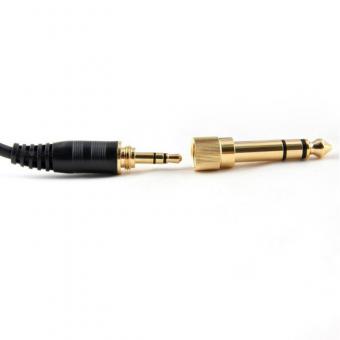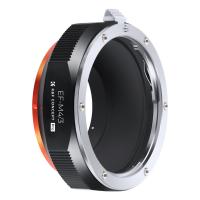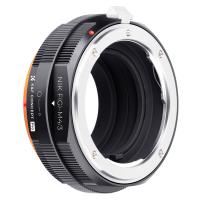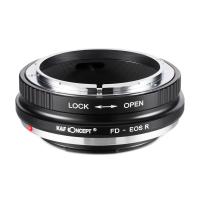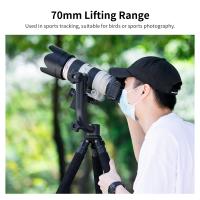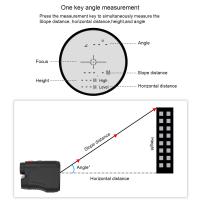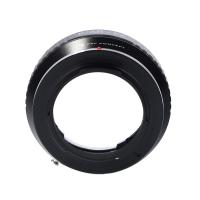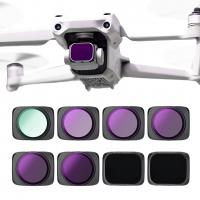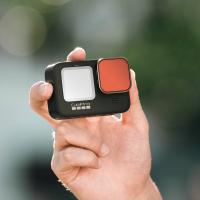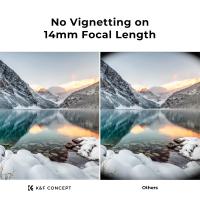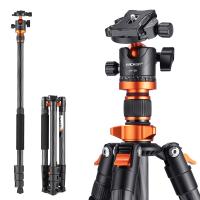X100v Nd Filter How To Use ?
To use the ND filter on the Fujifilm X100V camera, follow these steps:
1. Turn on the camera and navigate to the shooting menu.
2. Scroll through the menu options until you find the "ND Filter" setting.
3. Select the desired strength of the ND filter (e.g., 1 stop, 2 stops, etc.).
4. Once the ND filter is activated, it will reduce the amount of light entering the camera's sensor, allowing you to use slower shutter speeds or wider apertures in bright conditions.
5. Adjust your exposure settings accordingly to achieve the desired effect.
6. Keep in mind that using an ND filter may require longer exposure times, so it's recommended to use a tripod or stabilize the camera to avoid camera shake.
Remember to deactivate the ND filter when you no longer need it, as it may affect the exposure settings in low-light situations.
1、 Understanding ND Filters: Basics and Functionality Explained
The x100v ND filter is a powerful tool that allows photographers to control the amount of light entering the camera, enabling them to achieve creative effects and overcome challenging lighting conditions. To use the ND filter on the x100v, follow these steps:
1. Access the ND filter menu: Press the "Menu" button on the camera, navigate to the "Shooting Settings" menu, and select "ND Filter Setting."
2. Choose the desired strength: The x100v offers three ND filter strengths - ND2 (1-stop reduction), ND4 (2-stop reduction), and ND8 (3-stop reduction). Select the appropriate strength based on the lighting conditions and desired effect.
3. Enable the ND filter: Once you've chosen the desired strength, select "On" to activate the ND filter. The camera will now apply the selected reduction to the incoming light.
4. Adjust exposure settings: With the ND filter enabled, you may need to adjust your exposure settings to compensate for the reduced light. This can be done by changing the aperture, shutter speed, or ISO settings.
The x100v ND filter is particularly useful in situations where you want to achieve a shallow depth of field in bright conditions or capture long exposures in daylight. It helps to reduce the amount of light entering the camera, allowing for slower shutter speeds or wider apertures without overexposing the image.
It's worth noting that the x100v ND filter is built-in and cannot be physically attached or removed. This makes it a convenient and hassle-free feature for photographers who want to quickly adapt to changing lighting conditions.
In conclusion, the x100v ND filter is a valuable tool that enhances the creative possibilities and flexibility of the camera. By understanding how to use it effectively, photographers can capture stunning images in a variety of lighting situations.
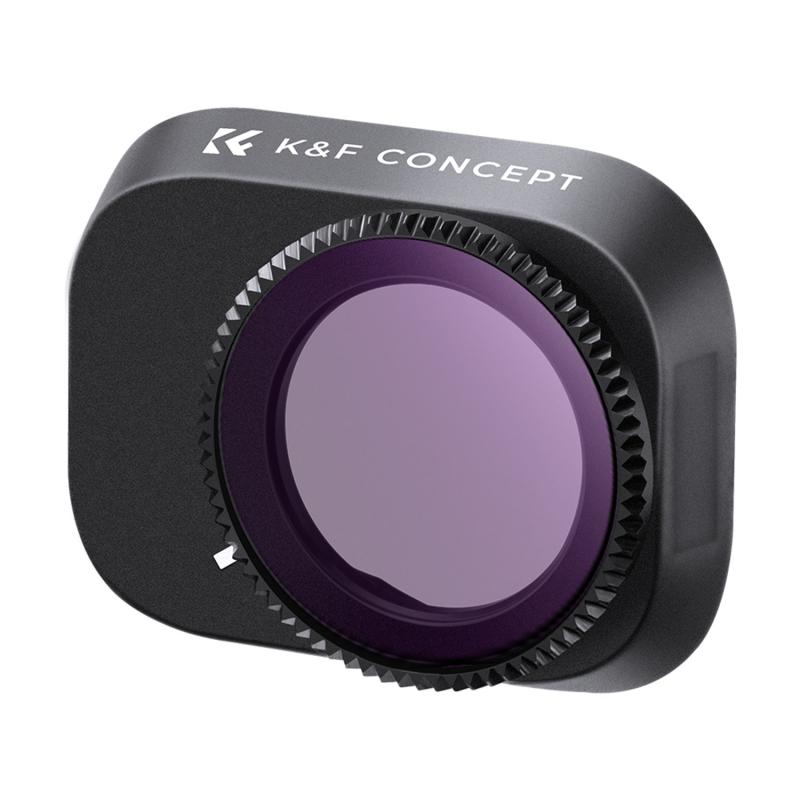
2、 Choosing the Right ND Filter Strength for Your Needs
Choosing the right ND filter strength for your needs is crucial to achieving the desired effect in your photography. When it comes to the x100v ND filter, understanding how to use it effectively can greatly enhance your images.
The x100v ND filter is a built-in feature that allows you to control the amount of light entering the camera. It is particularly useful in situations where you want to achieve a slower shutter speed or a wider aperture in bright lighting conditions. By reducing the amount of light, the ND filter helps to balance the exposure and prevent overexposure.
To use the x100v ND filter, simply access the camera's menu and navigate to the ND filter settings. Here, you can choose the desired strength of the filter. The x100v offers three options: ND2 (1-stop reduction), ND4 (2-stop reduction), and ND8 (3-stop reduction). Selecting the appropriate strength depends on the lighting conditions and the effect you want to achieve.
For example, if you are shooting in bright sunlight and want to capture a long exposure shot of a waterfall, you may opt for the ND8 filter to achieve a slower shutter speed and create a smooth, flowing effect in the water. On the other hand, if you are shooting in slightly less intense lighting conditions, the ND4 filter may be sufficient.
It's important to note that the x100v ND filter is a digital filter, meaning it is applied in-camera rather than physically attaching a filter to the lens. This allows for greater convenience and flexibility in adjusting the strength of the filter as needed.
In conclusion, understanding how to use the x100v ND filter effectively involves selecting the appropriate strength based on the lighting conditions and desired effect. Experimenting with different strengths will help you achieve the desired results and enhance your photography.
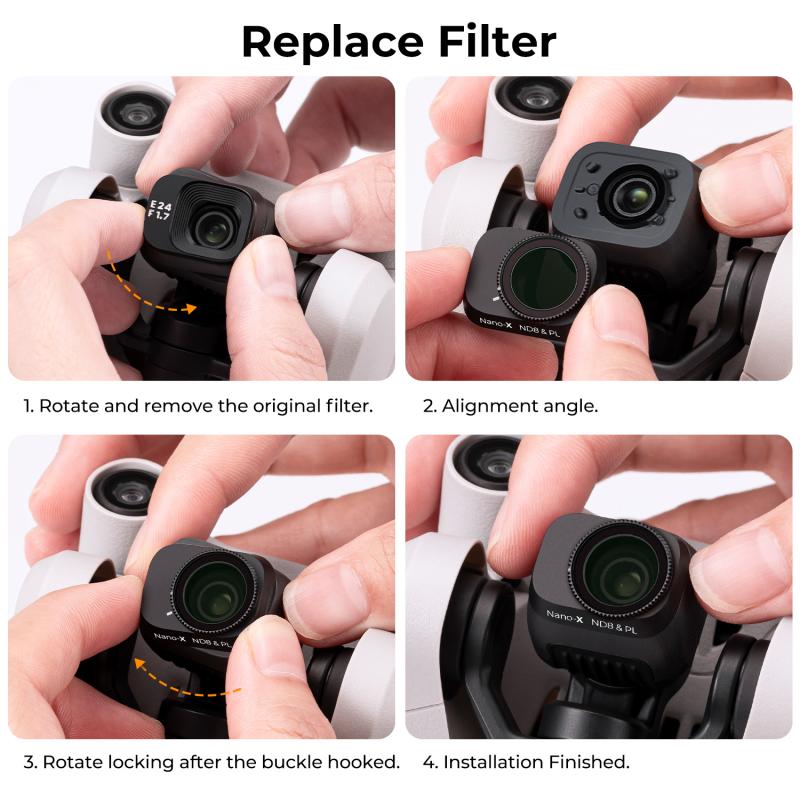
3、 Step-by-Step Guide: Using an ND Filter with the X100V
Step-by-Step Guide: Using an ND Filter with the X100V
The X100V is a versatile camera that allows photographers to capture stunning images in various lighting conditions. One accessory that can greatly enhance your photography is an ND (Neutral Density) filter. Here's a step-by-step guide on how to use an ND filter with the X100V:
1. Choose the right ND filter: ND filters come in different strengths, ranging from ND2 to ND1000. The strength you choose depends on the amount of light you want to block. For example, if you're shooting in bright sunlight and want to achieve a longer exposure, a higher strength ND filter like ND1000 would be suitable.
2. Attach the filter: The X100V has a filter thread size of 49mm, so make sure you have an ND filter that fits this size. Screw the filter onto the lens carefully, ensuring it is securely attached.
3. Adjust camera settings: With the ND filter attached, you'll need to compensate for the reduced light entering the camera. Start by switching to manual mode and select a lower ISO setting to maintain image quality. Then, adjust the aperture and shutter speed accordingly to achieve the desired exposure.
4. Use a tripod: When using an ND filter, longer exposure times are often necessary. To avoid camera shake and ensure sharp images, it's best to use a tripod or stabilize the camera on a solid surface.
5. Experiment and practice: ND filters offer creative possibilities, such as capturing smooth waterfalls or blurring moving objects. Take the time to experiment with different settings and compositions to achieve the desired effect.
Remember, practice makes perfect. As you become more familiar with using ND filters, you'll be able to capture stunning long-exposure shots with your X100V.
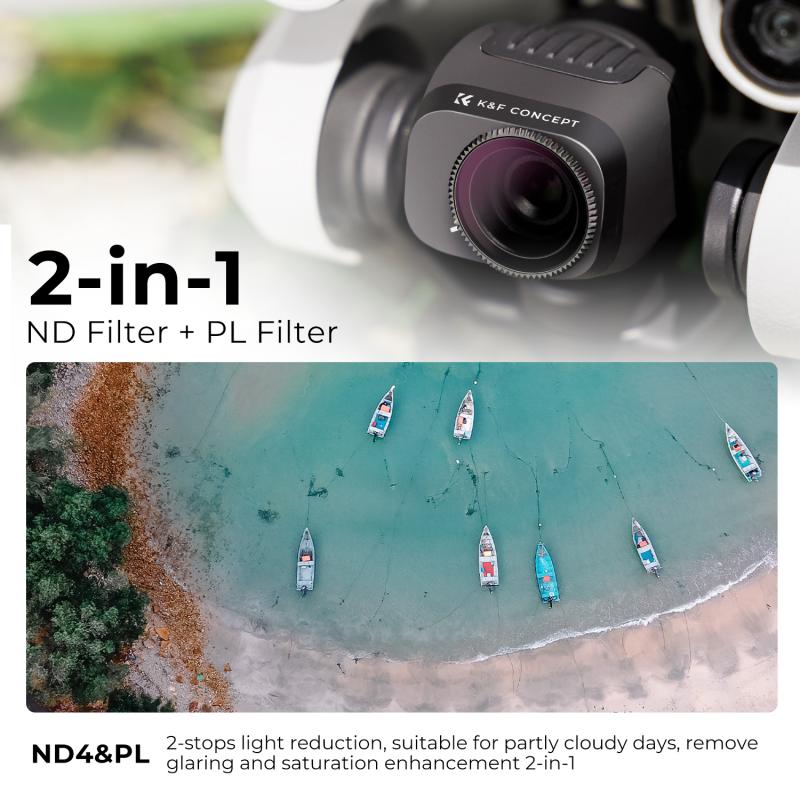
4、 Tips for Achieving Creative Effects with ND Filters
The x100v ND filter is a powerful tool that can help you achieve creative effects in your photography. Here are some tips on how to use it effectively:
1. Understand the purpose: ND filters are primarily used to control the amount of light entering the camera, allowing you to use slower shutter speeds or wider apertures in bright conditions. This can create motion blur, smooth water effects, or shallow depth of field.
2. Experiment with different strengths: ND filters come in various strengths, usually measured in stops. Start with a neutral density filter that reduces light by 3 stops and gradually work your way up to stronger filters if needed.
3. Choose the right time of day: ND filters are particularly useful in bright daylight when the light is harsh. By using a filter, you can extend your exposure time and capture more details in the highlights and shadows.
4. Use a tripod: When using ND filters, longer exposure times are often necessary. To avoid camera shake and ensure sharp images, it's essential to use a sturdy tripod.
5. Consider composition: With longer exposure times, moving subjects can become blurred. Use this to your advantage by incorporating elements that will create interesting motion blur, such as flowing water or moving clouds.
6. Experiment with different shutter speeds: The longer the exposure, the more pronounced the effect of the ND filter. Try different shutter speeds to achieve the desired effect, whether it's capturing the movement of a waterfall or creating a dreamy, ethereal look.
7. Shoot in RAW: Shooting in RAW format allows for more flexibility in post-processing. You can adjust the exposure and fine-tune the image to bring out the best results.
In conclusion, the x100v ND filter is a versatile tool that can add a creative touch to your photography. By understanding its purpose and experimenting with different settings, you can achieve stunning effects and take your images to the next level.









